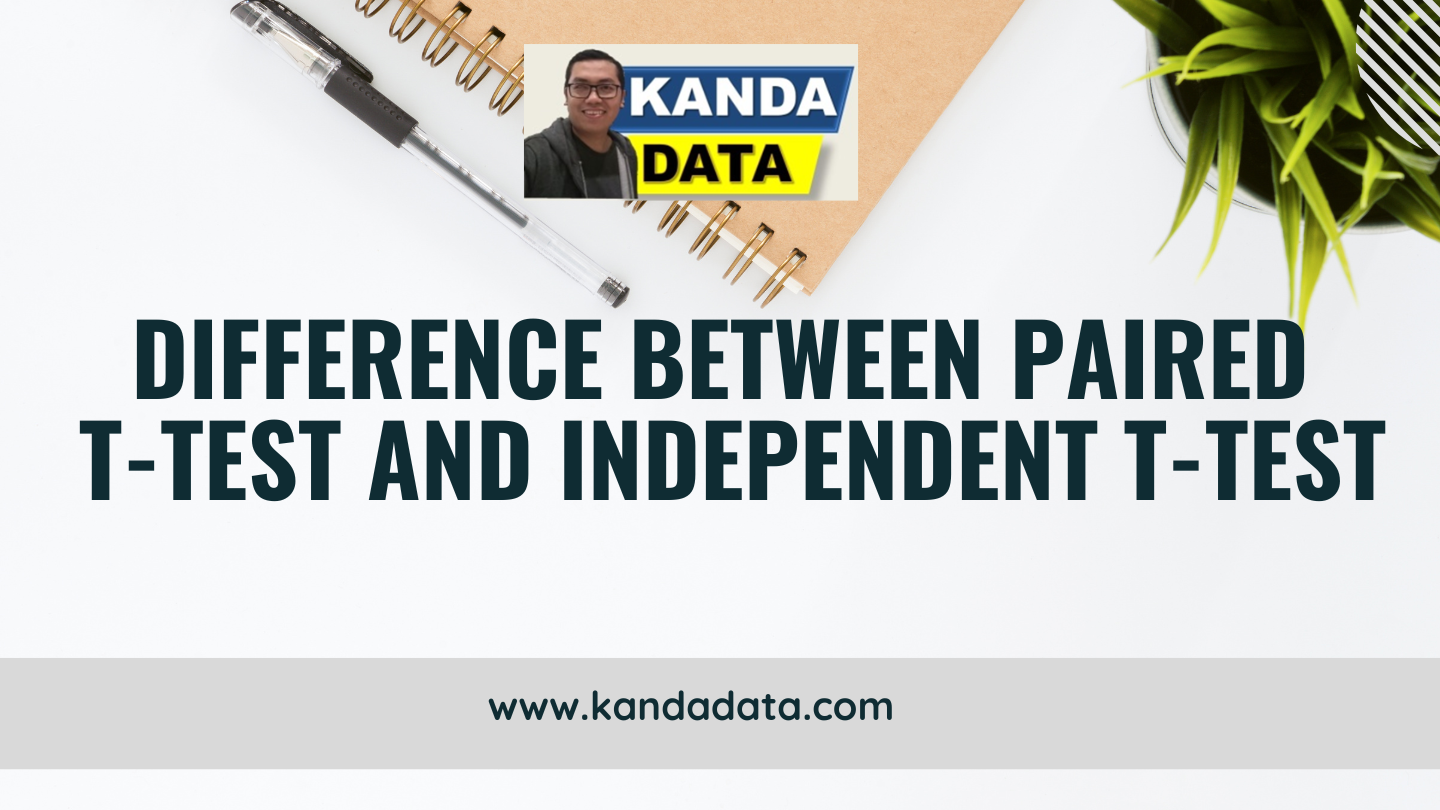Tag: research methodology
How to Determine the Minimum Sample Size in Survey Research to Ensure Representativeness
When conducting survey research, the number of samples observed will naturally be one of the main considerations. In survey-based studies, using samples is often a more efficient choice compared to carrying out a census on all population members. By taking a representative sample, we can observe behaviors that reflect the larger population.
Use Stratified Random Sampling When the Population Is Not Entirely Homogeneous
Sampling techniques are very important, especially when we’re observing a specific population. By taking samples, we can save on costs, time, and effort—yet still obtain results that represent the population being studied.
Snowball Sampling Technique: A Solution When the Population Size Is Unknown
In conducting research, we generally take samples from a population under observation. Of course, it’s much easier if we already have data on the population size, so we can take a representative sample that reflects the population as a whole.
Spearman Rank Correlation Analysis | Practical Test on the Relationship Between Education Level and Performance Level
In statistics, correlation tests are frequently used by researchers to examine associations. The purpose of conducting a correlation test is to determine the relationship between two observed variables. However, many people still ask me about one specific correlation test for variables measured on an ordinal scale.
How to Calculate the Variance Inflation Factor (VIF) in a Multicollinearity Test for Regression
In linear regression analysis, to obtain the best linear unbiased estimator, you need to perform a series of assumption tests. One of the assumption tests required in linear regression is the multicollinearity test.
How to Choose a 5% or 10% Margin of Error in Slovin’s Formula | Calculating the Minimum Sample Size
In calculating the minimum sample size using Slovin’s formula, researchers can choose a 5% or 10% margin of error. What’s the difference, and how do you choose the right one? In survey research, when observing a population, we are often faced with the challenge of a large population size that needs to be observed.
The Differences Between Nominal Data Scale and Ordinal Data Scale in Research Variable Measurement
In statistical analysis, data measurement scales are divided into four main categories namely nominal scale, ordinal scale, interval scale, and ratio scale. A proper understanding of the differences among these scales is crucial for determining the appropriate data analysis method.
Difference between Paired t-test and Independent t-test
A deep understanding of the difference between paired t-test and independent t-test is crucial for researchers. A strong grasp of both methods is key to making informed decisions based on analyzed data. Paired t-test and independent t-test are used to determine the difference in means between two sample groups.

